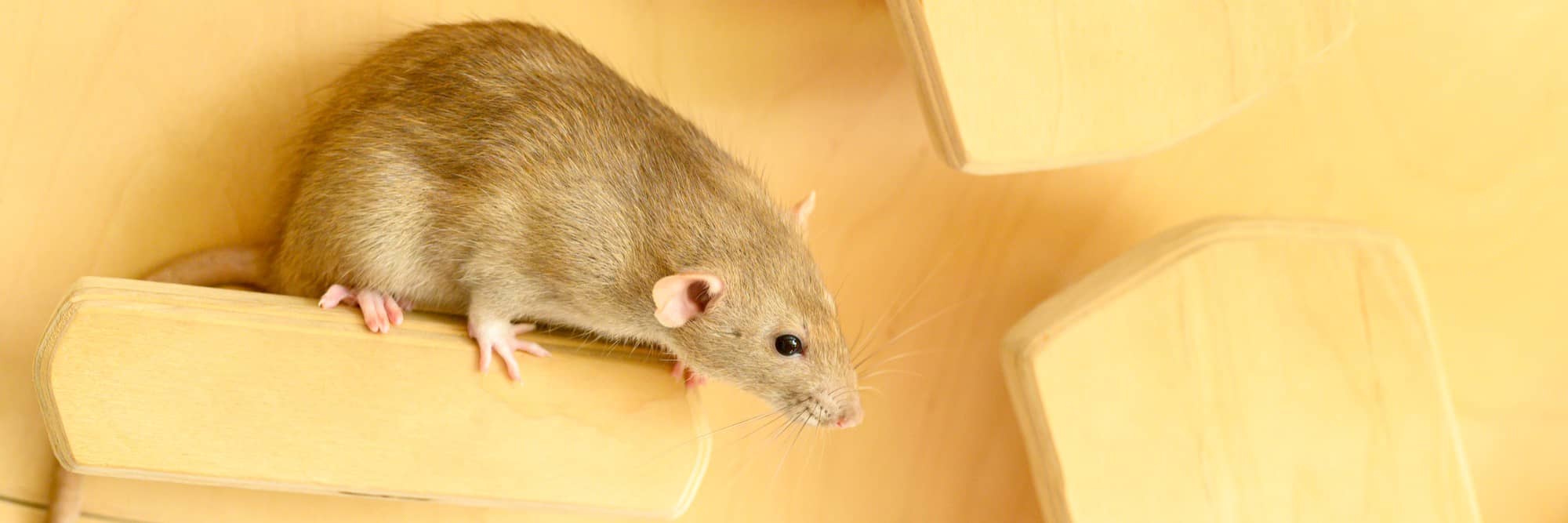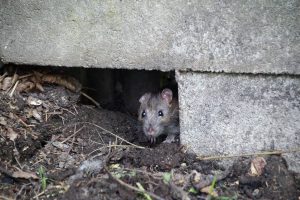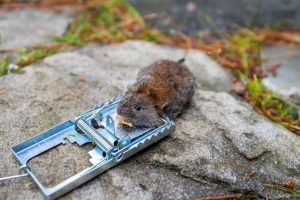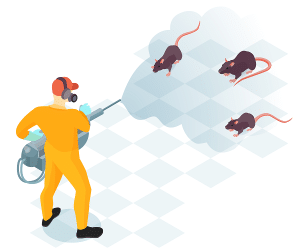Mice Control

Mice are some of the most unwanted animals in a home. These small rodents can cause many problems, from destroying your property to spreading disease. Mice extermination is therefore a crucial issue to ensure the cleanliness and safety of your home. We will explain how to detect a mice infestation, what extermination methods are available to you and how to call a pest control company near you to eliminate these pests for good.
Why Are There Mice in My Home?
Mice in the home are a common and often unpleasant problem for many households. It is therefore very important to understand why mice enter our homes and what attracts them in order to implement effective solutions to keep them away.
Reasons for the Presence of Mice in Homes
The presence of mice in homes is largely due to their constant search for food, water and shelter from predators and weather conditions. Rodents are attracted to spaces that offer them these resources and, unfortunately, human homes are an ideal breeding ground for them.
The Search for Food and Water
Mice are opportunistic animals that adapt very well to different types of environments. They are constantly on the lookout for food and water sources, and your home can provide an abundance of food for these small rodents. Leftover food and improperly stored food in the kitchen are especially attractive to mice. The same goes for pet food, birdseed and trash in the garbage, which are also a food source for these pests.
The Search for Shelter and Nesting Sites
Mice seek a safe place to nest, breed and protect themselves from predators. Homes offer many hiding places for these rodents, which can sneak into walls, attics and basements. Piles of wood, piles of leaves, furniture and appliances are all places where mice can build their nests. In addition, building materials, cat litter and old clothes can serve as nesting materials for these animals.
Factors That Attract Mice to Homes
There are several things that can attract mice to a home. It is important to be aware of these factors so that you can implement effective preventive measures to avoid or limit the presence of these rodents in your home.
Proximity to Food Sources
As mentioned earlier, mice are attracted to food sources. If your home is located near areas where rodents can easily find food, such as fields, gardens, parks or areas where garbage is poorly managed, mice will be even more likely to enter your home.
Openings and Access Points
Mice are very agile animals and can squeeze through very narrow openings. Cracks and holes in walls, doors, windows, air ducts and pipes are all potential access points for these rodents. Early detection and repair of entry points can help prevent a mouse infestation.
Weather and Seasonal Changes
When the temperature outside drops, mice seek warm shelter to survive. Inclement weather, such as heavy rains, can also cause them to flee their natural habitat and enter human homes.
Detecting a Mouse Infestation in Your Home
The first step in dealing with a mouse problem is to find out if mice are actually present in your home. Here are the most important signs to look for when detecting a mouse infestation.
Presence of Mouse Droppings
Mice leave evidence of their presence in the form of small black or dark brown droppings. If you find droppings in your home, especially in closets or near food sources, it’s a sign of infestation.
Mouse Nests
Mice build nests from materials such as paper, cardboard or cloth to give birth to their young. If you find a nest in a dark, secluded corner of your home, it means that these rodents have taken up residence in your home.
Nibbling Marks
These little critters have big teeth and an insatiable appetite. They can nibble on various materials to make their way through or to feed. Teeth marks on furniture, electrical wires or food packaging may indicate an infestation.
Scratching and Squeaking Noises
Mice are most active at night. If you hear scratching, squeaking or small footsteps in the walls or ceilings of your home, it’s probably a sign that these rodents are present.
Solutions to Eliminate Mice From Your Home
Once you’ve identified a mouse infestation, you need to quickly take steps to get rid of these pests. Here are the main methods you can use.
Mouse Traps
There are many different types of mouse traps on the market, ranging from classic spring-loaded wooden traps to more modern and sophisticated devices. You can choose between capture traps and kill traps. Capture traps catch mice alive and release them further away, while kill traps eliminate the animal immediately.
Natural and Ultrasonic Repellents
To keep mice away without killing them, you can also use natural repellents such as peppermint oil or ultrasonic devices. These methods can be effective in repelling rodents, but they do not guarantee total elimination of the infestation.
Rodenticides
Rodenticides are chemicals designed to kill rodents. They can be in block, pellet or paste form, and are usually placed in secure bait stations to prevent accidents with children and pets. If you decide to use rodenticides, be sure to follow the instructions carefully and take the necessary precautions to protect your family and pets.
What Methods Do Pest Control Companies Use to Get Rid of Mice?
Mechanical and Chemical Rodent Control Methods
Mechanical Traps
Mechanical traps are devices that capture rodents without using chemicals. They are often used by pest controllers during a one-time intervention and can be effective in catching rats and mice in a targeted manner. We can mention :
- Spring traps: these classic traps are composed of a platform on which is placed a bait, and a spring that is triggered when the rodent comes to eat the bait. The spring then crushes the animal, causing its death.
- Glue traps: these traps are composed of a plate coated with glue, on which the rodent comes to rest and remains stuck. The professional rat catcher then retrieves the trap with the animal to kill it.
- Live capture traps: these traps allow the capture of rodents without killing them. They consist of a cage with a door that closes when the animal enters to eat the bait.
Chemical Methods
Pest controllers also use chemicals to eliminate mice. These products are usually rodenticides as explained above, i.e. substances that are toxic to rodents:
- Poison baits: pest controllers place baits containing rodenticides in areas frequented by rodents. Rodents die after ingesting the bait. Poison baits should be handled with care and placed out of reach of pets and children.
- Powders and gels: pest controllers may also use powders or gels containing rodenticides, which rodents ingest by licking their paws after walking on them.
- Fumigants: In some cases, pest controllers may opt for a fumigation method of pest control, which involves diffusing a gas that is toxic to rodents in infested areas. This method is usually reserved for large infestations and should be performed by a professional.
Professional help is essential for safe and effective rodent removal. Do you have mice in your home or apartment? Find a pest control company near you by clicking here.





























